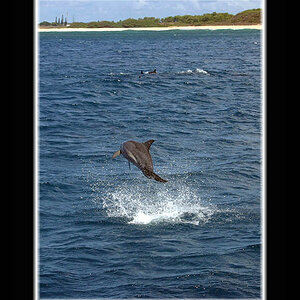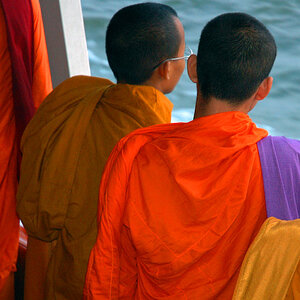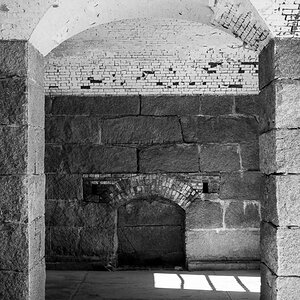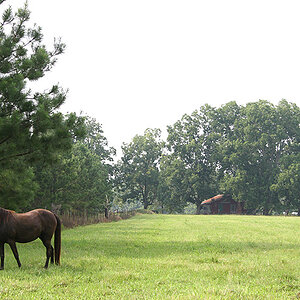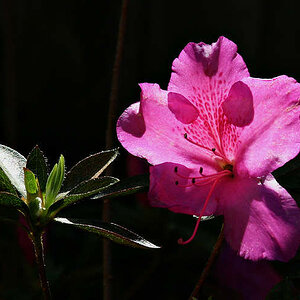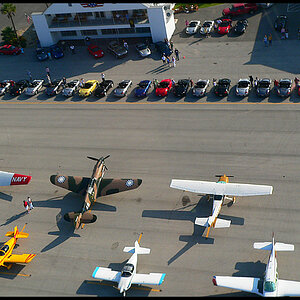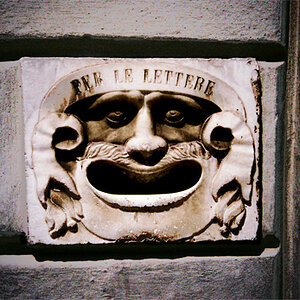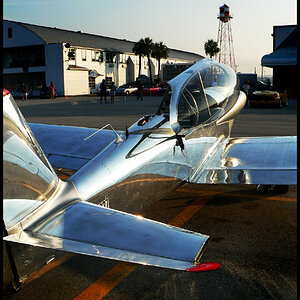SlimPaul
TPF Noob!
- Joined
- Nov 7, 2008
- Messages
- 437
- Reaction score
- 0
- Website
- www.flickr.com
- Can others edit my Photos
- Photos OK to edit
Hey,
I recently bought an umbrella (and a stand) to go with my new SB-900. I read a few articles on Strobist blog but couldn't find the answers to my questions.
1. How far ahead should the umbrella be extended (from the flash)?
2. At what angle should it be facing the person?
3. How high should it be mounted?
If you have any other tips, please let me know.
Thanks, Paul
I recently bought an umbrella (and a stand) to go with my new SB-900. I read a few articles on Strobist blog but couldn't find the answers to my questions.
1. How far ahead should the umbrella be extended (from the flash)?
2. At what angle should it be facing the person?
3. How high should it be mounted?
If you have any other tips, please let me know.
Thanks, Paul


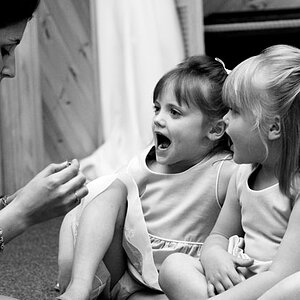
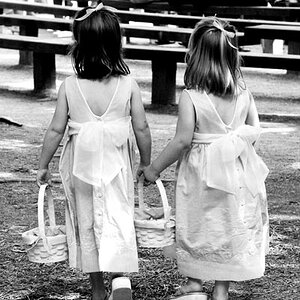
![[No title]](/data/xfmg/thumbnail/37/37107-df85b207aa6d9b7f6b88f682e493a52e.jpg?1619737882)
